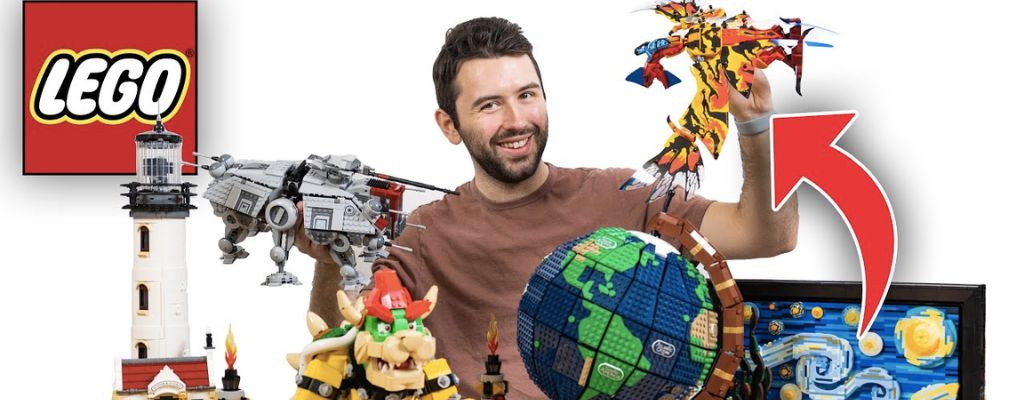What is Lego Therapy?
Lego therapy is a therapeutic technique that uses LEGO bricks to help children with autism and other challenges. The bricks are often used in combination with other therapies, such as occupational therapy or speech therapy.
Studies have found that using Lego bricks can help children with autism communicate better. They can also learn how to socialize and interact with others. In addition, the use of Lego bricks can help improve motor skills and problem solving skills.
Features Of Lego
Lego is one of the most popular toys on the market, and for good reason. It's a versatile toy that can be used to help children with autism and other challenges. Here are some of the features of Lego that make it such a beneficial toy:
- Lego is a hands-on toy that helps children learn through creative play.
- Lego can be used to help children with ASD learn how to communicate and socialize.
- The blocks are easy for children with disabilities to grasp and manipulate.
- The variety of colors and themes available makes it an appealing toy for all ages.
How Does Lego Therapy Help Children with Autism?
Lego therapy is a form of play that has been shown to be effective in helping children with autism and other challenges. The toys come in a variety of colors, shapes, and sizes, which makes them easy for kids to hold and manipulate. They are also sturdy enough that they can be thrown around without breaking.
The therapist helps the child build something using Lego bricks. The child is then allowed to play with the creation until it is destroyed. This allows the child to explore their creativity and problem-solving skills. It has also been shown to help decrease tantrums and improve communication skills.
There are a number of Lego therapy clinics across the United States that offer this type of service. If you are interested in finding one near you, search online or contact your local autism association.
What Other Uses for Lego Therapy Are There?
There are many other ways in which Lego therapy can be used to help children with autism and other challenges. One example is using Lego to help children with Autism Spectrum Disorder (ASD) learn how to communicate and socialize. Toys such as Legos provide a way for children to express themselves, learn new skills, and build relationships.
Another use for Lego therapy is in the area of motor skills. By playing with Lego, children can improve their fine motor skills and dexterity. They can also learn how to coordinate their movements, which can help them develop better gross motor skills in the future.
Lego therapy can also be used to teach children about different cultures and religions. By creating models of religious buildings or monuments, for instance, kids can learn more about the history of these places while having fun at the same time.
Benefits of Lego
The benefits of playing with Lego have been well documented by parents and professionals alike. Children with autism and other challenges often find it difficult to communicate and interact with others, but using Lego can help them build relationships and social skills.
Lego can also help children develop problem solving skills. By putting puzzles together, kids learn how to gather information, think critically, and come up with solutions on their own. They learn to become self-reliant and build positive relationships with others through teamwork.
One mother shared that her son was initially resistant to playing with Lego, but eventually the two developed a strong bond over the toy. “He would spend hours building towers or cars,” she says. “Now he can’t imagine playing without them.”
Conclusion
Although Lego therapy is not a new concept, its popularity has increased in recent years as parents and professionals have discovered its many benefits for children with autism and other difficult challenges. By providing an interactive toy that can be used in various ways, Lego therapy helps children develop social skills, communication abilities, problem-solving skills, and creative thinking. Its versatility also allows it to be used for physical rehabilitation as well as mental health treatments. Thanks to the growing awareness of the benefits of Lego therapy, families everywhere can enjoy its powerful effects on their loved ones. Lego therapy is a type of play that can be used to help children with autism and other difficult challenges. It involves using Lego to build structures or models, which can then be used for role-playing and other activities.


